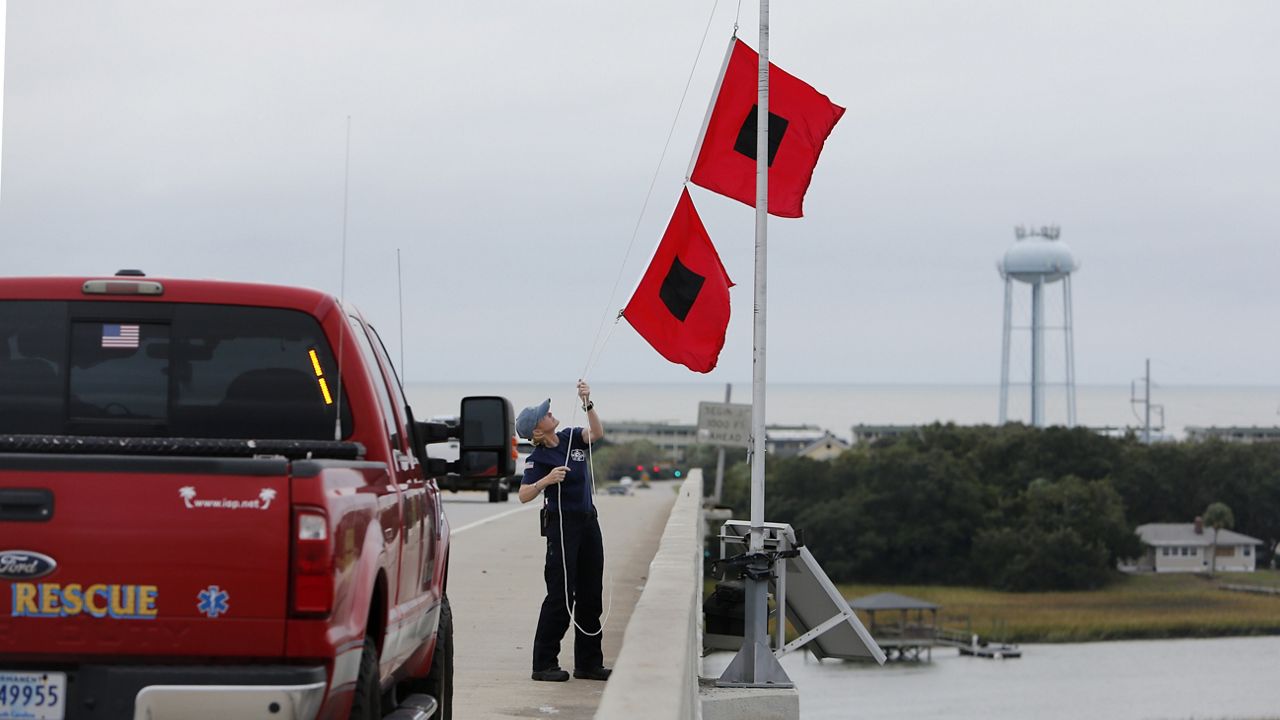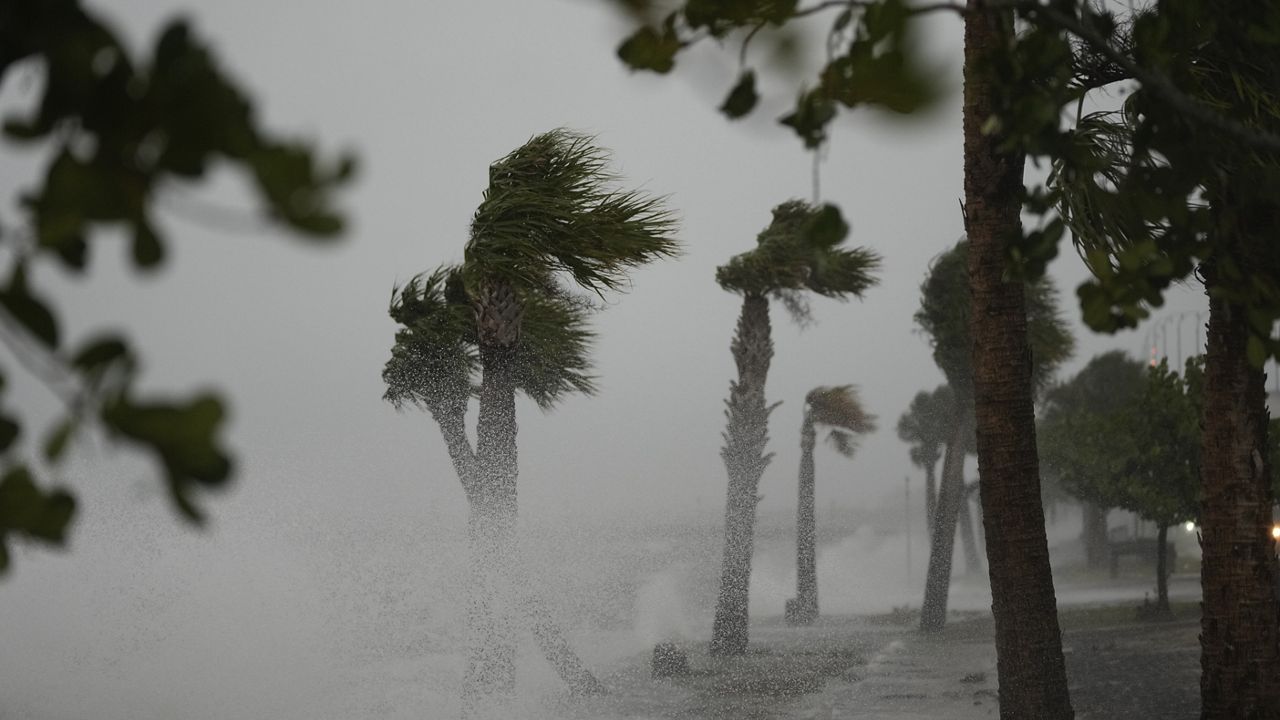It’s hard to believe, but we’re less than a month away from the official start of winter.
Many Texans are gun shy thinking about frigid weather again after last year’s historic winter storm.
To combat those feelings of anxiety, you can take a few steps now to winter-proof your home this season.
The first thing you want to do is walk the perimeter of your home and locate all the outdoor spigots and hoses.
"If you think it will get cold enough to freeze, get the hose off of there, make that go away. Your house will freeze very quickly, and if the hose is still attached, it will force it to freeze up into your home," said Mike Marugo, manager at ABC Home & Commercial Services.
Once you have all the hoses removed, you can protect the spigots with store-bought insulated canisters or even old t-shirts and towels.
The key is to protect your pipes from the outside air. If you have a main sprinkler backflow valve outside, wrap it to protect it from the elements.
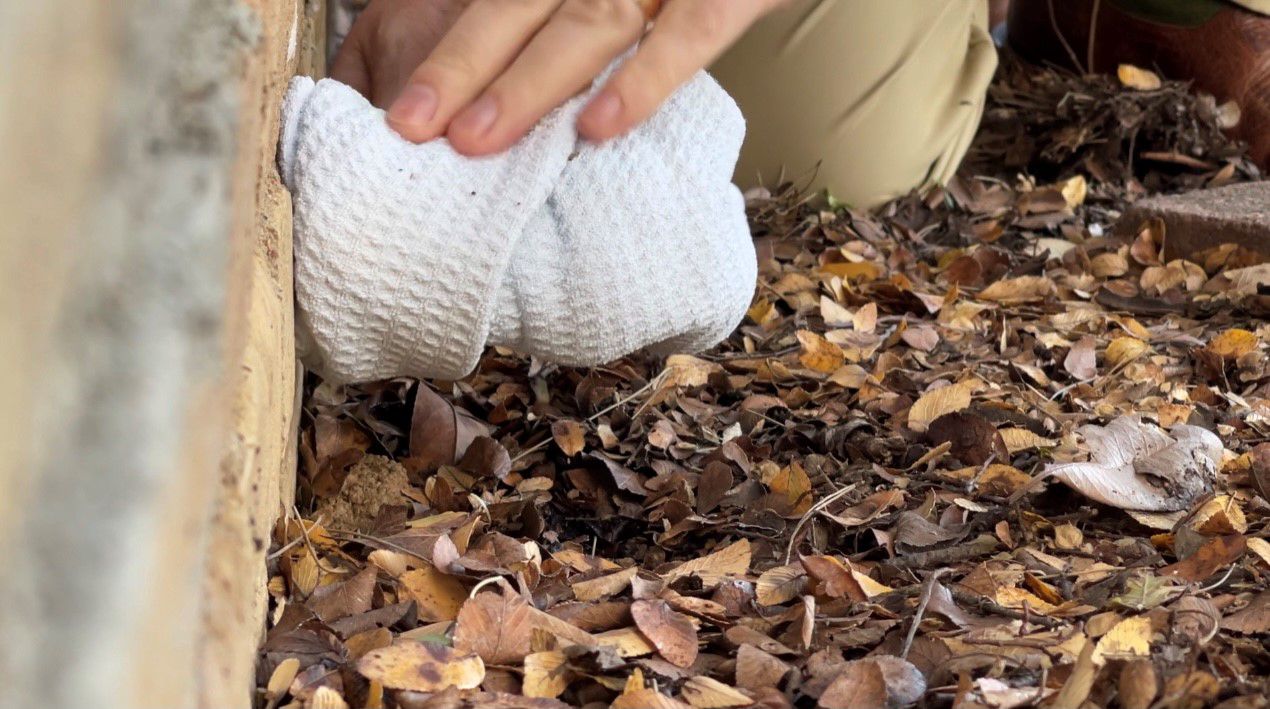
If you have a pier and beam home, wrap all the exposed pipes under your home with foam tubing. Make sure to cover every seam so it’s as airtight as possible.
Next, you can move inside your home, and the first stop is your kitchen. Is your sink on an outside wall? If so, open the cabinets underneath to let the warm air from the house flow in, which will help protect those fragile pipes.
Everyone usually knows that during a hard freeze, you need to drip your sinks, but Mike says there’s a common mistake people make.
"If you have separate handles, one hot and one cold, turn both of them on a little and let it drip. If you have a single handle, put it somewhere in the middle so it pulls hot and cold water through the house," says Mike.
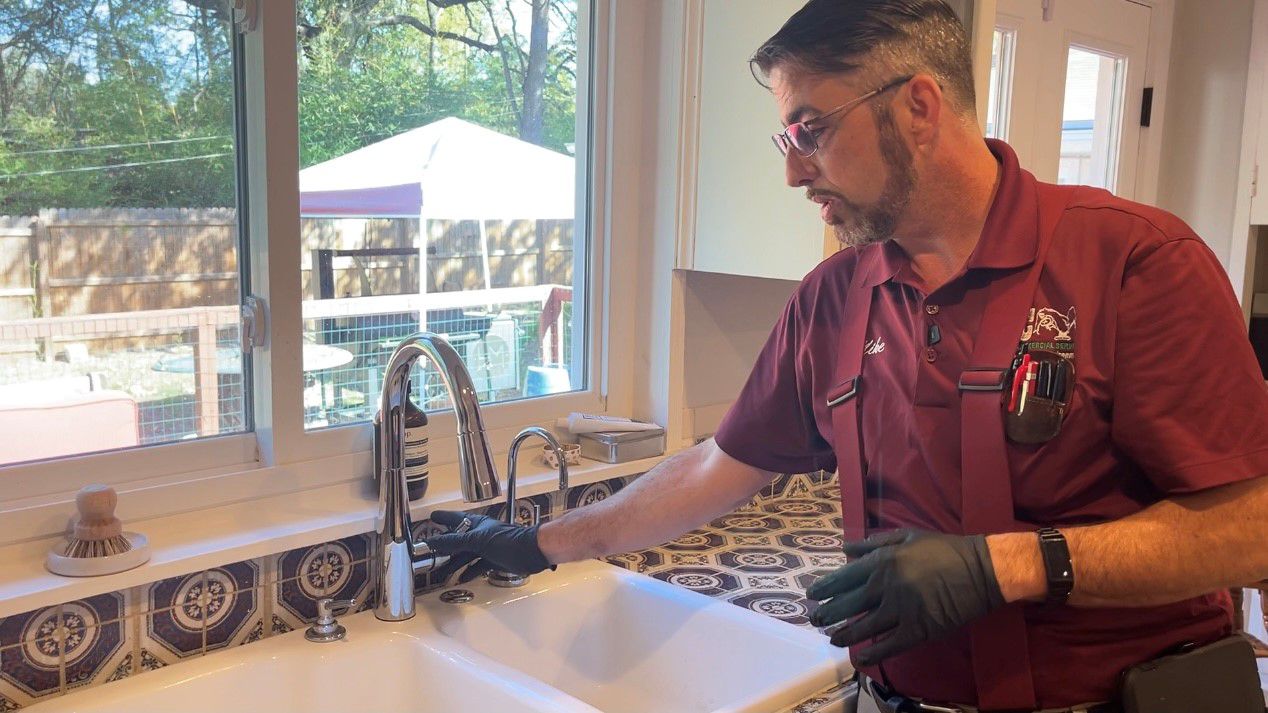
He says many people remember to drip their faucets but forget to turn both the hot and cold lines on to get both moving. If you forget, the side that is not moving is susceptible to freezing.
Another golden rule of surviving the winter without going broke is the two-degree increment rule.
"If you want to save money, don’t turn your thermostat up in increments of more than 2 degrees at a time. It’s fine to go from 65 to 67 and then bump it to 69 to raise it slowly so that the heat strips don’t come on," says manager, David Boyer.
If your heat strips come on, your system goes into emergency mode and burns more electricity.
The last check you want to do is on your HVAC system in the attic. Of course, you want to make sure your system is breathing properly so change the filter if it’s time, but you’ll also want to glance around at your ductwork. Is it secured properly? Are there any rips or places that aren’t seamless?
To make sure you get all the heat you are paying for and you're not just heating your attic, you want to make sure the ductwork has a continuous flow.
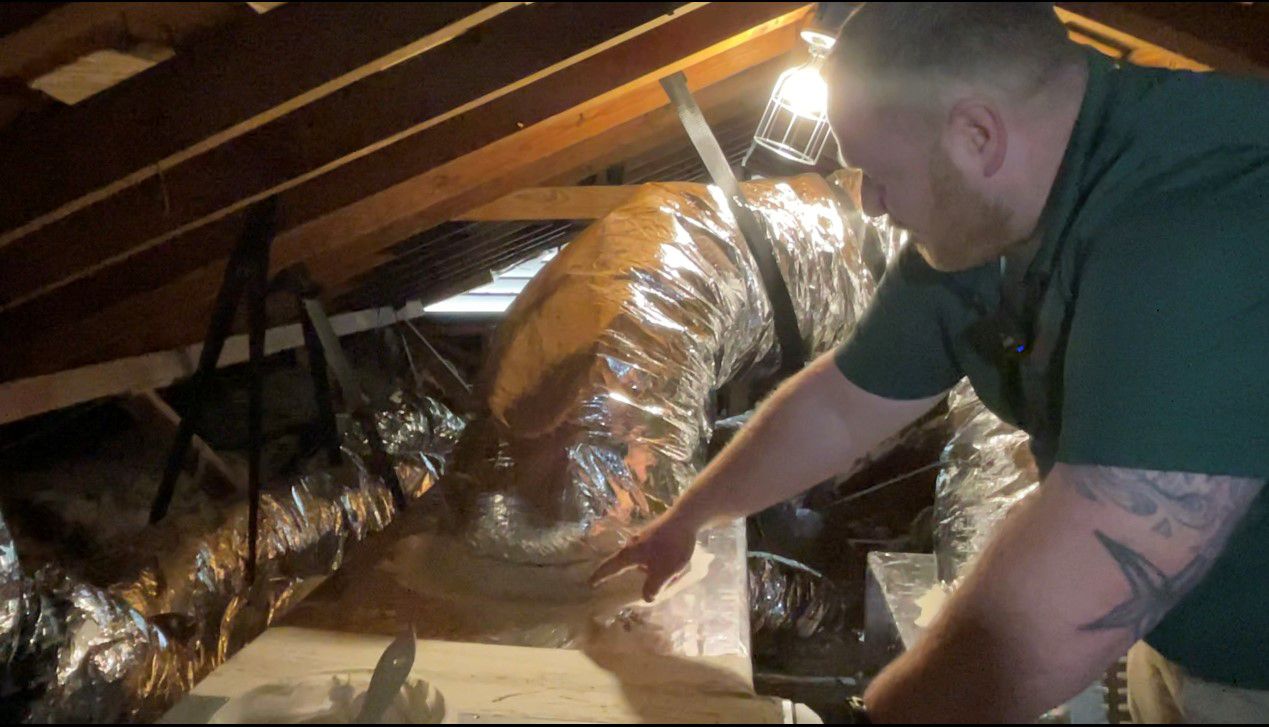
Mike says the best advice he can give you is, "Don’t panic. Just take an hour to do this seasonal checkup now."
Remember, last year’s winter storm was an anomaly. It’s not standard for Texas, so nine times out of 10, these checkup items will get you and your family through winter unscathed.






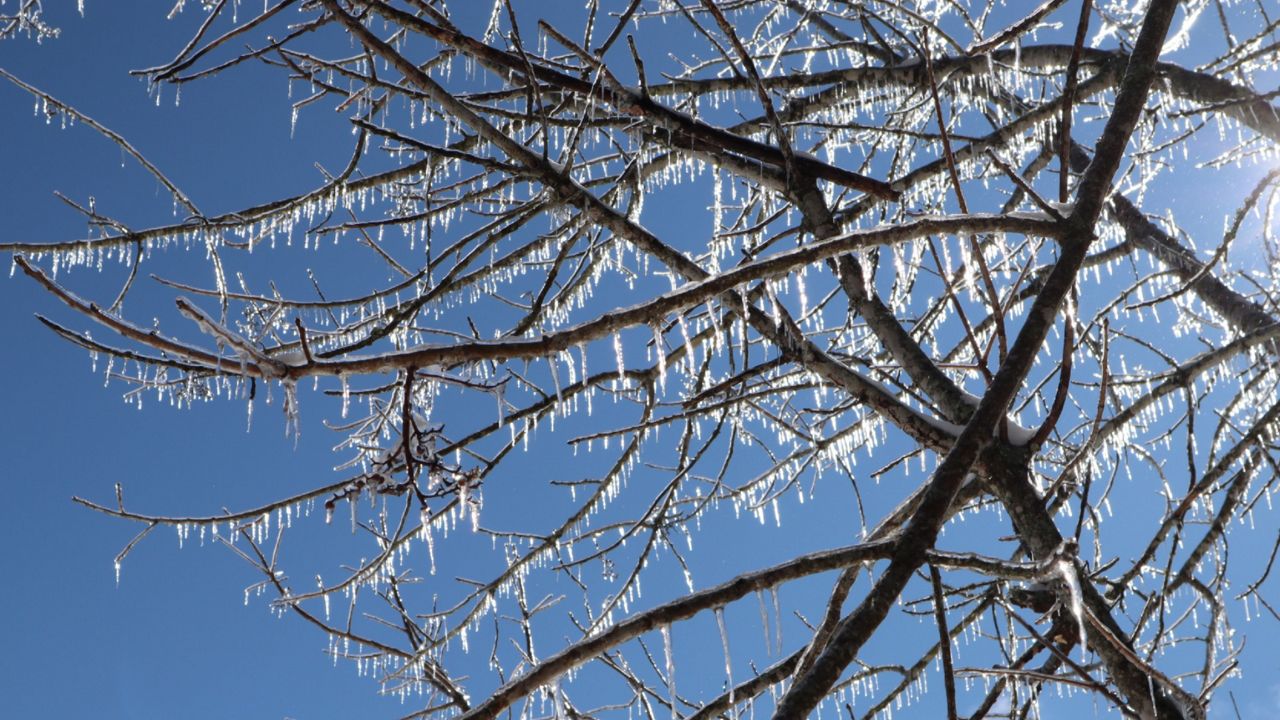
)

